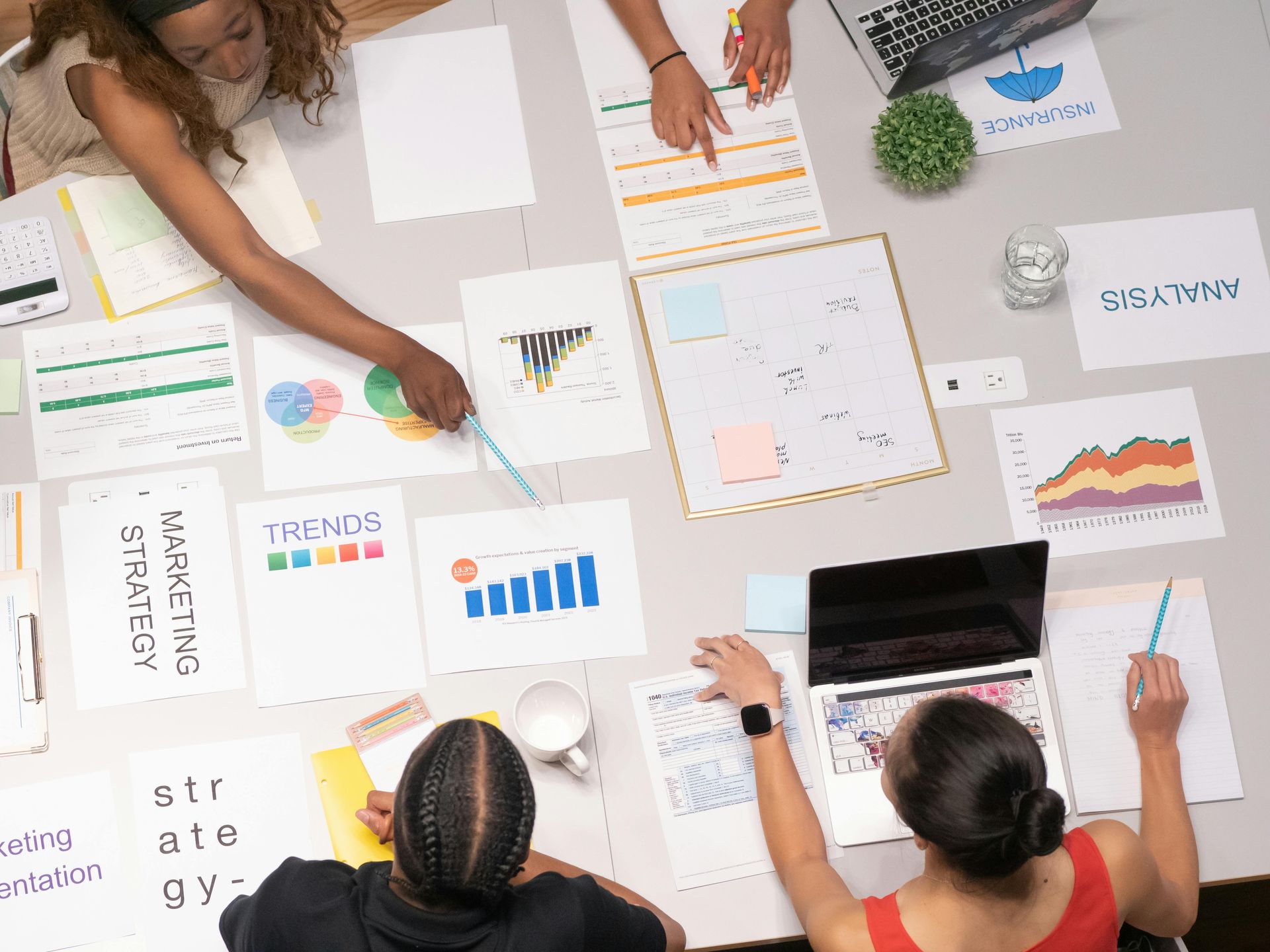How to use Google Ads during Covid-19
When business and life as we know it was locked down in March 2020, we all thought the coronavirus pandemic would be over in a matter of weeks. Now we know that Covid-19 is going to be here for much longer – as is its impact on business.
The pandemic is a unique and critical challenge to businesses. Sadly, for some companies, it will mean closure. But it represents a great opportunity for others.
One of the positives which have come out of Covid-19 is the huge rise in online shopping. The crisis is expected to add £5.3bn to UK ecommerce sales in 2020. At the end of 2020 the average items per order increased by 60% during COVID-19 and 40% of consumers report they’re more comfortable with digital technology than before lockdown. So there is definitely money to be made for the right business.
But how do you become ‘the right business’ in a hugely competitive market – especially when it’s thought that £2bn of that extra cash will go straight to Amazon.
To make sure your company, your products and your services are seen by the right people at the right time, you need to advertise. And there is no better way to advertise online than through Google Ads. Google Ads convert 50% better than organic traffic, with most firms earning double their advertising spend through them.
Many businesses will have seen reduced spend on their products and services in recent months. As a result, you might be reluctant to spend too much on advertising and feel that it is potentially money wasted. So you need to think carefully about how you use Google Ads during the pandemic to make sure you get the balance right.

Refocus your spend
Target the right audience
When you’re trying to be careful with your spending, you need to focus it in the right direction, so make sure you target the right audience!
Who is your product aimed at – single men, mums in their 40s, high earners, sports fans, older couples?
When you set up your Google Ads, you can add audience targeting to reach people based on their interests and habits, what they’re actively searching for or how they’ve interacted with your business in the past. You can then create a single or combined audience you want to target with your ads.
As you are saving money on not advertising to the wrong people, you may be able to increase your bids to reach the right people and get ahead of the competition.
Segment your products
To get better results from your Google Ads, segment your stock into either individual products (eg best-selling sweatshirt or large garden umbrella) or product types (eg all jumpers or all garden accessories).
If garden accessories are selling far better than garden furniture, separate these best-selling products and increase your bids on them. Also increase your bids on products that might sell in bulk- either because people want to stock up in one go eg on a lot of new plants for the garden or because products tend to sell well together eg a garden table to match the garden chairs.
By segmenting your ads, you can see more clearly what is working and what isn’t. From there, you can decide where to target spending and where to cut down or stop spending altogether.
Attract previous customers back
Rather than investing all of your time and money into attracting new visitors to your website, focus on attracting previous customers and visitors back. This is usually cheaper than focusing on new potential customers – and returning customers are more likely to buy from you.
Remarketing Lists for Search Ads (RLSAs) is a Google Ads feature that allows advertisers to tailor their search campaigns based on whether a user has previously visited their website – and which pages they viewed. Visitors will only see your ads when they are actively searching for your keywords on Google. When used well, RLSAs can result in more efficient use of advertising spend and a better return on your investment (ROI).
Remarketing works in a similar way to RLSAs, but shares ads when people aren’t actively searching for your keywords or products. Your ads appear on the Google Display Network when people who have previously visited your site browse Google or any of its partner websites.
Make the most of location settings
Covid-19 has kept more people in their local areas and choosing to shop local. It has also led to challenges with social distancing in warehouses slowing down delivery times. So if you have a company which delivers mainly to a local area, now is the time to focus on that more than ever.
Increase your bids on advertising for the local area and cut back on your spend nationally or globally. Or maybe the only way for your business to stay afloat is to reach a wider area? In that case, increase your spend regionally, nationally or globally.
Negative keywords
Regularly reviewing the search terms which trigger your ads can help you identify where you are wasting your budget.
Once you’ve identified the terms which are giving you little or no return, you can add them into your Google Ads advertising campaign as negative keywords. This means your ads will no longer show when people search on those keywords, potentially saving you money and also boosting the quality of your ads through improved relevance.
The pandemic is set to be here for some time to come and businesses need to do everything they can to stay afloat.
Making these adjustments to your Google Ads spend is a good way to save money and improve the return on your spend during Covid-19. But it is also good practise for the future and something businesses should stay on top of, even when the pandemic is over.
More Posts.


Cotswold Web Services.





